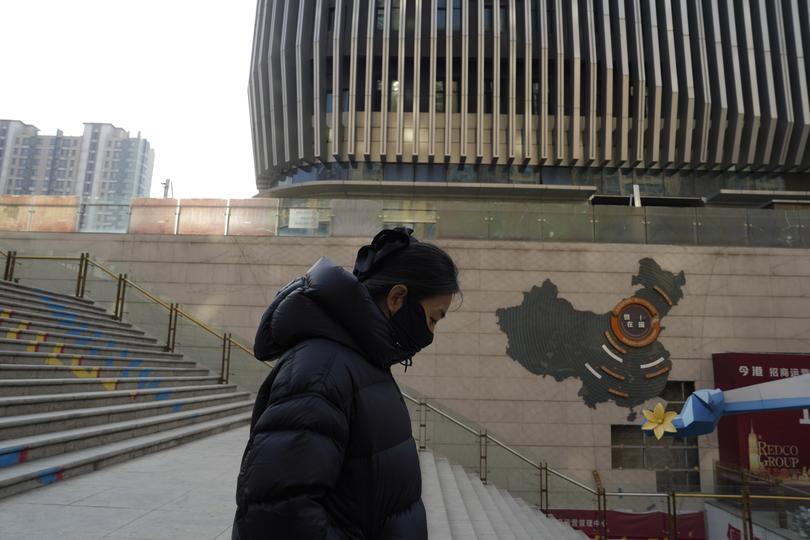China slowdown cited by RBA as biggest threat to Australia’s economy

A slowdown in China driven by a property crisis and weak household spending is among the biggest risks to Australia’s economy, the Reserve Bank says.
There’s been a dark cloud hanging over the world’s second biggest economy with growth expected to slow over the next two years.
Chinese property developer Evergrande was sent to liquidation by a court in Hong Kong last week with debts of $US300 billion ($460b), although reports have suggested the ruling may not impact the company’s operations in the mainland.
Sign up to The Nightly's newsletters.
Get the first look at the digital newspaper, curated daily stories and breaking headlines delivered to your inbox.
By continuing you agree to our Terms and Privacy Policy.The country’s central bank has acted to encourage lending to manufacturing and other industries.
Property developer asset prices were at “severely distressed levels”, the RBA said in its statement on monetary policy released on Tuesday as it held rates steady.
Stress in the Chinese property sector had so far been contained, the bank said, but could spread more widely.
Slower growth in the Asian powerhouse had led to uncertainty over the prices of Australia’s key commodities exports, including iron ore. Tourism could also be impacted, said the RBA.
“A prolonged cyclical downturn in China could further weigh on Australia’s exports through its effect on output growth in Australia’s major trading partners in the east Asian region, compounding the effects of slower growth in advanced economies,” the bank said.
Updating its forecast for unemployment to hit 4.2 per cent in June, up from 4 per cent in the previous statement, the RBA flagged a slower-than-expected return of inflation to target as a key risk. Recent shipping disruptions and the potential of Middle East conflict escalation could both have an impact.
But the Bank was keenly aware the full impact of aggressively lifting interest rates from 0.1 per cent to 4.35 per cent over less than two years had not yet been fully felt.

Homes and Building
Housing loans have picked up and were up 20 per cent from February 2023, led by first home buyers and investors.
Australian home builders are set for a quiet year and are facing continued competition for workers and materials from the rest of the construction industry, pressing up costs.
The RBA said builders had indicated they were working through backlogs as new contracts had slowed in 2023. More than 20,000 homes under way in WA alone as of October, according to Australian Bureau of Statistics data.
Margins for builders were improving, the bank said, and supply chains were normalising.
But finding workers was still a problem, particularly for finishing trades.
Infrastructure contractors were “stretched”, despite signs demand was easing, the Bank’s statement said.
Originally published on The West Australian
